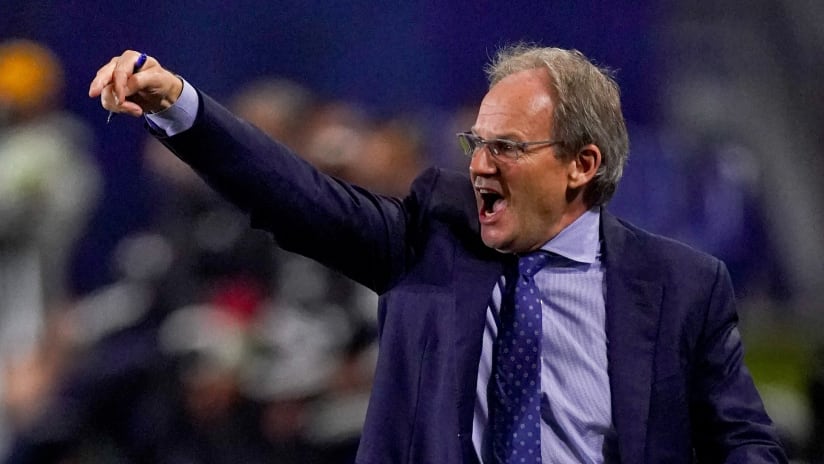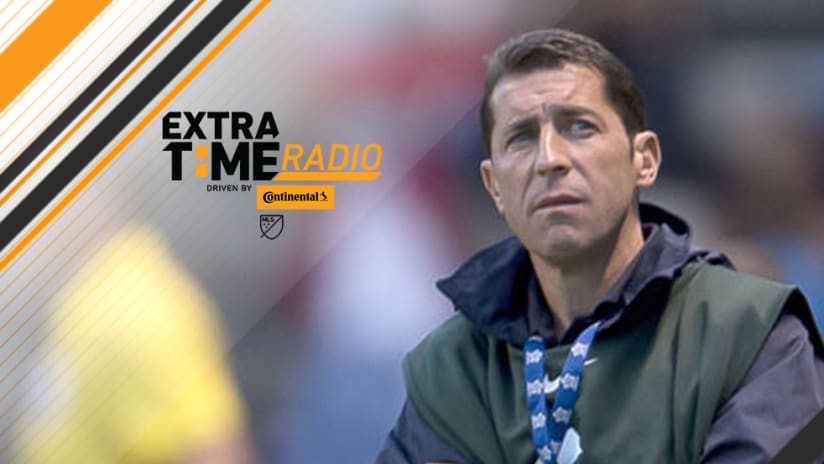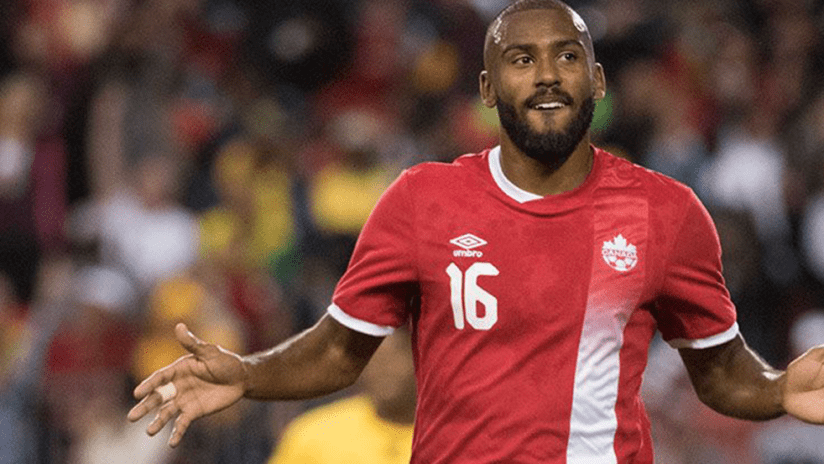SUBSCRIBE TO EXTRATIME RADIO:iTunes | Stitcher | RSS FEED | DOWNLOAD
A year ago, nearly to the day, I wrote a story titled How USL PRO will help form the next generation of MLS and US national team stars. At the time, the LA Galaxy were the only MLS team to field a standalone USL team, and their development efforts were, understandably, my primary focus.
Though my sentiment remains the same, that singular focus is basically obsolete one year later. Plenty has changed.
As bullish as I was last September about USL’s role filling a glaring development hole in what USSF calls Zone 3 – elite-level players 18 and older – I’m downright giddy about the possibilities just 363 days later. The reason isn’t theoretical. It’s practical.
- 24 Under 24: Ranking the best young players in MLS!
In 2015, seven MLS-run clubs – Real Monarchs, FC Montreal, Sounders FC 2, Timbers 2, Whitecaps FC 2, Red Bulls II, and Toronto FC II – joined Galaxy II in the third division. Next year, three more MLS expansion teams will join their ranks, as Philadelphia and Houston’s USL entries set up shop in Lehigh Valley and Rio Grande Valley, respectively, while Orlando announced they intend to field a team somewhere in central Florida. USL will balloon to at least 29 clubs, 18 more than took the field just four years ago.
Opportunity beckons. Real, measurable, game-changing playing time in a challenging professional environment is available, and the next generation of talent is rapidly taking advantage.
In 2014, 101 players dropped down from MLS to USL on loan, including 31 Homegrowns, playing 67,158 minutes, scoring 115 goals and adding 65 assists. That represented more than a threefold increase in playing time from 2013, when 26 players played a grand total of 20,083 minutes.
That was good. Good enough to convince veteran talent evaluators to say things like this:
“Overnight, as soon as more teams are doing this, our U-20 program will be significantly better and so will our Olympic team,” LA Galaxy II head coach Curt Onalfo told me. “In turn, so will our national team. As soon as this becomes commonplace with all the teams in MLS, we’re really going to see that progress and acceleration of player development that we’re striving for.”
- How an Academy player's day differ from a pro? | INFOGRAPHIC
Strong words, but the numbers say they may be prophetic. In 2015, MLS players logged 97,977 minutes (118 goals, 88 assists) as 164 players (46 HGP) accumulated professional game experience in USL, which is 487 percent growth in two years with the promise of more on the way.
You’d buy that stock. You’d be foolish not to, especially since it appears to be just the tip of the development iceberg, as more and more kids are identified and developed, and more and more families get comfortable with the idea of skipping college or club ball to go the pro route.
And since we’re talking about youth development, it’s important to note MLS loanees can run the gamut from 19-year-old Toronto FC and Canada U-20 forward Jordan Hamilton to rehabbing first teamers such as veteran LA Galaxy defender AJ DeLaGarza.
In light of that, even more encouraging than the massive increase in playing time for MLS loanees over the past two years is the fact that more than a fourth of USL minutes played directly addressed the developmental gap in Zone 3.
Olympic-eligible players, those born on or after January 1, 1993, accounted for 162,919 of 633,600 available minutes (25.7 percent) in 2015. They scored 212 goals, and added 159 assists. In short, they were often difference makers in a league full of seasoned professionals.
Nowhere was that influence more apparent than Canada’s Olympic qualifying roster. Unattached FC was nowhere to be found and eight of 20 players hailed from FC Montreal, Whitecaps FC 2 or Toronto FC II while four others played significant USL minutes on loan from their MLS club.
South of the 48th parallel, the squad US U20 team head coach Tab Ramos called for the Stevan Vilotic Tournament in late August included seven players who spent time in USL this season, a mix of MLS Homegrowns, MLS academy prospects and players who passed on college to sign with a USL club.
It’s the latter two categories that may take you by surprise.
While signing a Homegrown contract remains a celebrated path to the pros, an increasing number of players are choosing to sign directly with USL teams of any stripe, or accumulate professional minutes while retaining their amateur status via a USL academy contract.
Red Bulls II midfielder Tyler Adams is 16 years old. He signed his first professional deal just a month after he was legally able to drive. He played 11 games (808 minutes – that doesn’t count a friendly appearance against Chelsea in which he scored a goal, by the way) for a USL playoff team, and will almost certainly be a member of the United States’ U17 World Cup squad this fall.
Derrick Etienne often lined up next to Adams with Red Bulls II this season. He played under a USL academy contract, retaining the NCAA eligibility he needed to honor the commitment he made to the University of Virginia. In 14 games with the Red Bulls’ USL side, Etienne scored three goals and added three assists. On Monday, he scored his first collegiate goal, a game-winner against VCU.
Academy signings, a roster mechanism introduced by USL in 2013, must meet three criteria: they cannot yet be enrolled in college, must be under 21 and are amateur players, thus maintaining college eligibility.
Others, such as Ricardo Velasco, a member of the RSL academy in Casa Grande before stops at Louisville and FC Tuscon, then with Real Monarchs; and Mikey Ambrose, an FC Dallas academy product who cut his Maryland career short to sign with the Austin Aztex, chose to leave school early to start their professional careers in USL.
The net is wider, the catch more varied and it isn’t only Americans or Canadians opting for an early or previously unconventional entry into a professional environment.
USL clubs are scouring CONCACAF for prospects that can make an impact and perhaps one day make the jump to MLS or another first division.
Sounders FC 2 head coach Ezra Hendrickson plucked Oalex Anderson from St. Vincent and the Grenadines. The 19-year-old forward scored four goals in 15 games for S2, and will likely be a member of the senior squad that takes on the USMNT in World Cup qualifying on Nov. 13.
So while a slight drop in Homegrown minutes among 24 Under 24 honorees might cause concern in some quarters, USL has ably stepped in to fill the void. Rather than learn their trade in MLS, young players are being blooded in an environment that will mix growing pains with opportunity.
For players, clubs and national teams, the partnership between the two leagues is paying dividends. The vision is coming to fruition. The developmental gap in Zone 3 is rapidly being filled.
For American and Canadian prospects, as well as their CONCACAF counterparts in Central America and the Caribbean, the professional pathway is becoming more and more clear.
Increasingly that path includes a stint in USL, a league that’s more than a robust and growing third division. It’s a practical and essential rung on the professional ladder for the region’s (and perhaps MLS’) next generation of stars.












